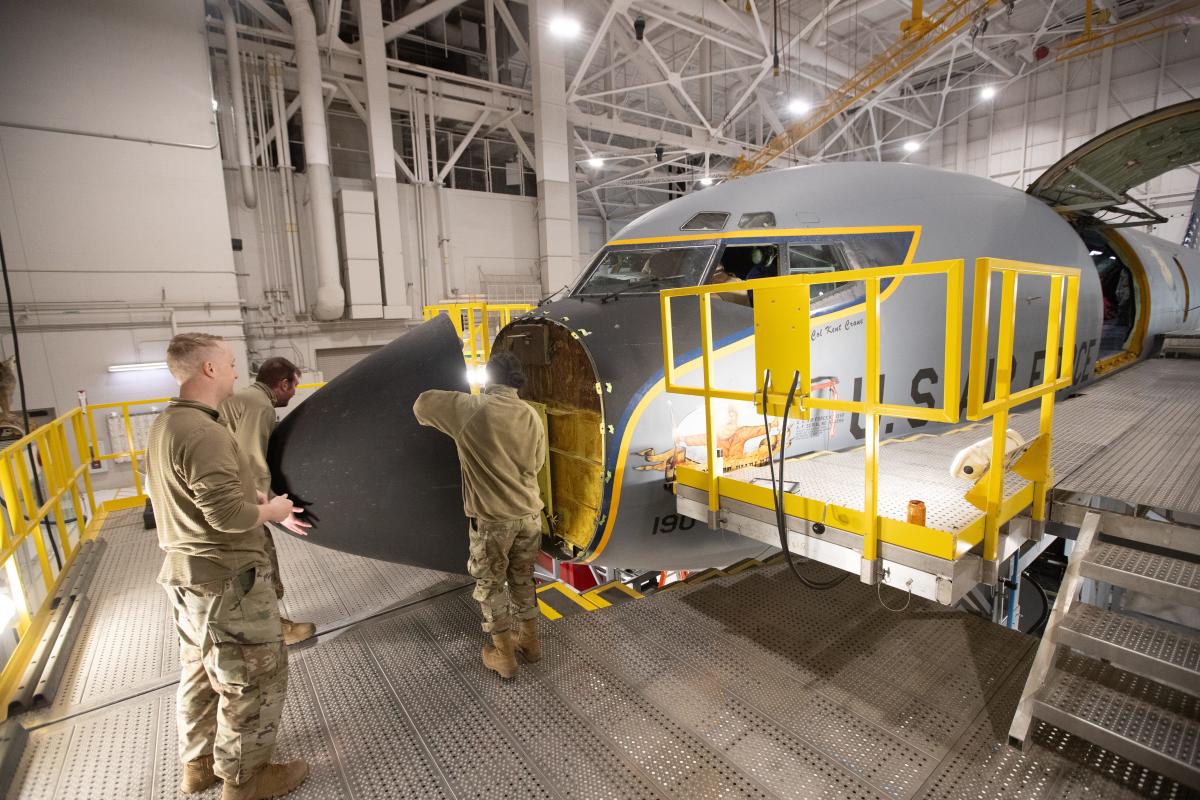Wichita has long been known as the Air Capital of the World.
Efforts are taking off to likewise turn Topeka into a key center of operations in the aviation industry.
The Metropolitan Topeka Airport Authority and economic development officials here are teaming up to work to create an environment aimed at bringing hundreds of aviation jobs to Topeka, The Capital-Journal was told recently by Curtis Sneden, director of economic development for the MTAA.
The MTAA is seeking make Topeka “the ideal site” for such companies to do business, Sneden said.
“We’re planting seeds that aren’t going to bloom for 18 to 24 months,” he said. “But when they bloom, it’s going to be big.”
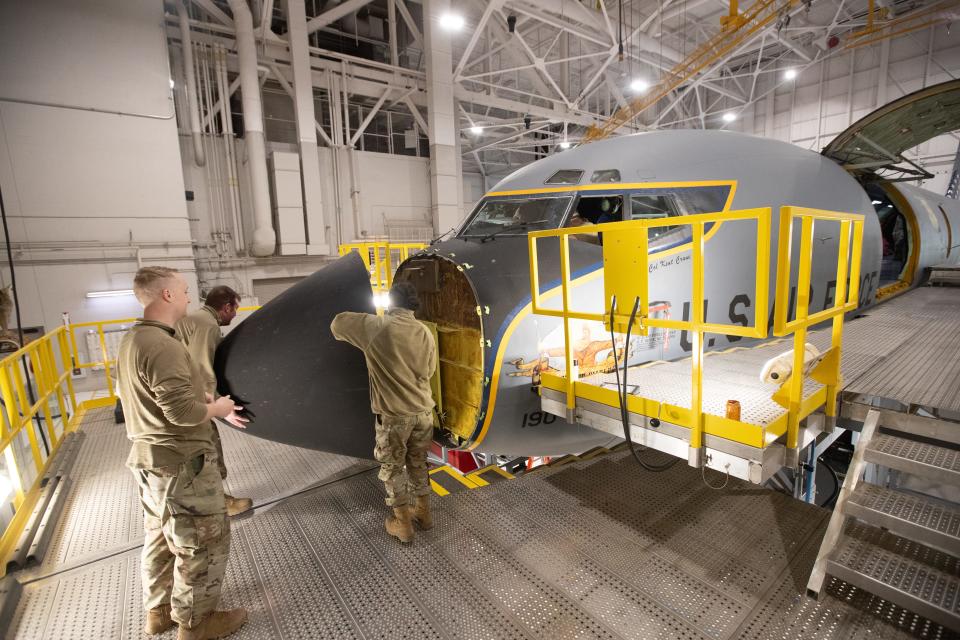
‘A perfect spot’
As part of what has been dubbed “the Kansas Aerospace Triad,” aviation and economic development officials from Wichita, Salina and Topeka are working together as Team Kansas to tackle emerging opportunities in the aerospace industry, particularly involving manufacturing and design, Sneden said.
Topeka will never take away Wichita’s distinction as a key site for the construction of jet fuselages, he said.
“But it’s entirely plausible that we could be attractive to the companies that make altimeters that go in the planes, or the wire harnesses that run through them and hold all the electronics together,” Sneden said. “This could be a perfect spot for the other players in that larger kind of industry hierarchy.”
Sneden served as president of the Topeka Chamber of Commerce before he was hired last year by the MTAA.
The MTAA runs Philip Billard Municipal Airport, Topeka Regional Airport — formerly known as Forbes Field — and Topeka Air Industrial Park, located at Topeka Regional Airport.
The MTAA brings in revenue from sources that include a countywide property tax. It is overseen by a five-member, volunteer board of directors appointed by city of Topeka and Shawnee County elected officials.
MTAA goals in recent years have included restoring commercial jet service to Topeka, which has lacked that since United Airlines in 2014 discontinued twice-daily flights it initiated earlier that year between Topeka and Chicago.
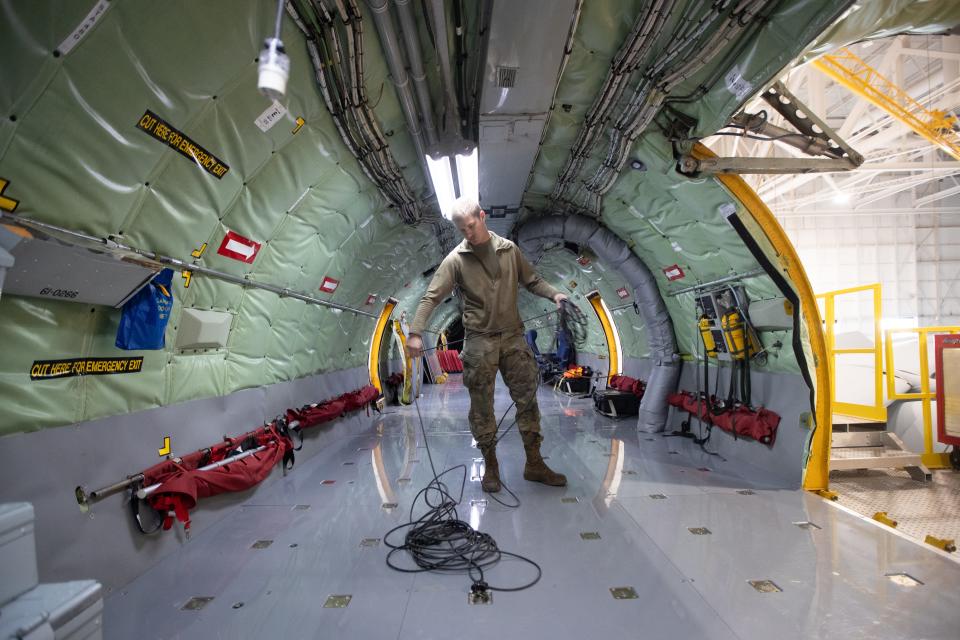

Setting a new course
But the MTAA board of directors has reached “an inflection point,” Sneden said.
Members have set a new course to “really wring the value out of these aviation assets in a whole new way” and are seeking to create “a new narrative about what Topeka has to offer in the realm of aeronautics,” he said.
“It’s not necessarily just about air service or passengers getting on planes, but there is a really large field of industry and supplier networks that could really cause our local economy to grow dramatically if we can attract those types of companies here, and that’s what we’re trying to do,” he said.
‘Maintenance, repair and overhaul’
Sneden said the most compelling opportunity he sees aviation-wise for Topeka involves attracting companies that carry out “maintenance, repair and overhaul” work to convert massive jets to be used for other purposes.
“We are taking steps now to be ready to field the MRO opportunities,” he said.
A “very high demand” exists for turning Boeing 777 passenger jets into freight aircraft, Sneden said.
“It’s a relatively inefficient way to move people over the ocean anymore, but it’s still a very good way to move boxes,” he said.
Hundreds of Boeing 777s are currently grounded, with their owners being eager to get them back in the sky and again making a profit, Sneden said.
Meanwhile, he said, engineers at Wichita State University’s National Institute for Aviation Research have identified specifically what needs to be done to convert those jets into cargo planes.
“Those intellectual leaders down there have come up with the formula and are moving forward with their business plan to seize this part of the MRO industry worldwide,” he said.
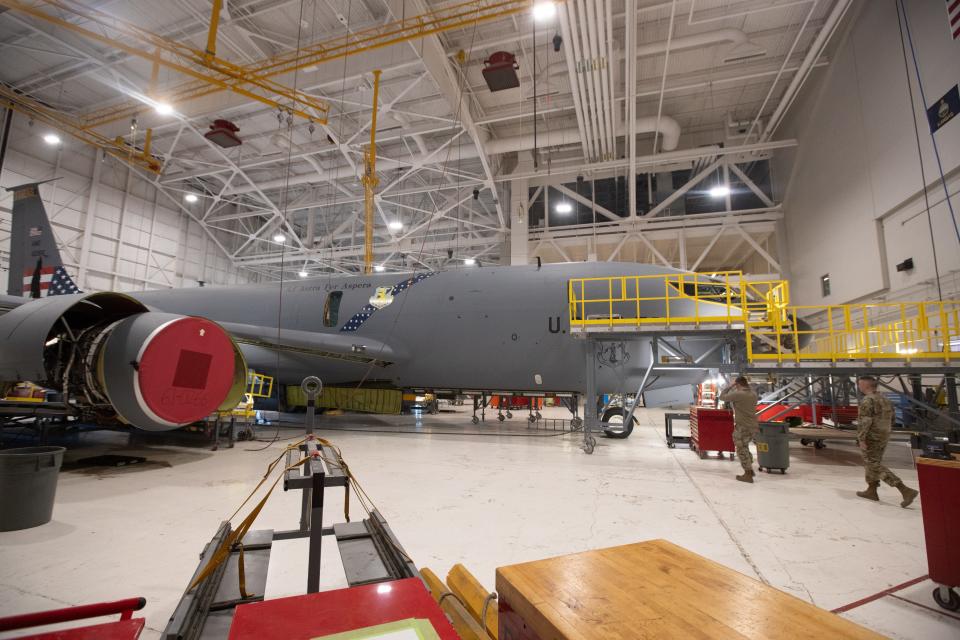

Where is the longest airport runway in Kansas? Topeka
The jumbo jets that will be converted are “big planes that need big hangars and long runways,” Sneden said.
“Wichita has some of that, but they don’t have enough capacity for all of the business that could be coming,” he said. “They need Salina and they need Topeka.”
Topeka Regional Airport has a runway that is 12,803 feet long — the longest in Kansas.
“That means something to the types of firms that we’re trying to attract,” Sneden said.
The presence of MRO companies here would also bring in other types of support businesses, he said.
“If this opportunity comes to Topeka, it will mean hundreds of skilled jobs — in particular, in airframe and powerplant mechanics,” he said.
The opportunity involved could be “game-changing,” Sneden said, adding, “We’re doing everything we can to be ready to seize it.”
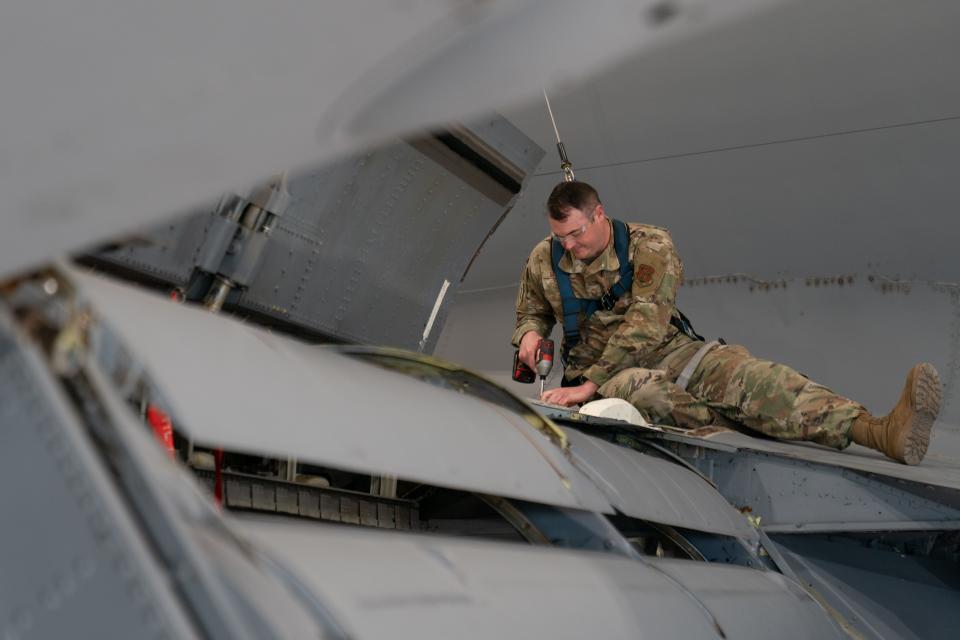

What needs to be done here?
To put Topeka in a better position to attract companies that do MRO work, Sneden said, the MTAA is upgrading its aeronautical facilities.
He said it’s reworking some taxiways, painting and rehabilitating some aircraft hangars, bringing its infrastructure up to modern standards and making sure its broadband meets the needs of the types of companies it hopes to attract.
But to attract companies that do MRO work, Topeka Regional Airport will need hangar space “of a magnitude that we don’t have now,” Sneden said.
It will need to build at least one — and probably more — hangars encompassing at least 80,000 square feet each, he said.
The MTAA is pursuing an appropriation of about $3.35 million from the state of Kansas, which — if granted — would help it finalize its design work, consolidate properties to be able to accommodate those kinds of hangars and pay for some environmental work that would also need to be done, Sneden said.
What else is being done?
Meanwhile, the MTAA and economic development professionals here are working with area universities to ensure sufficient training programs are available to provide workers to meet the needs involved, said Molly Howey, president of economic development for Go Topeka.
Washburn University and Washburn Tech are thrilled to be part of that ongoing community conversation, said Lori Hutchinson, Washburn’s executive director of strategic communications and marketing.
“Washburn Tech is exploring several educational pathways to support this exciting initiative in our community,” said Washburn president JuliAnn Mazachek. “Partnering with our local business community is central to our vision and values, and we are committed to all economic development efforts that continue to make Topeka and Shawnee County a premier place to learn, work and thrive.”
Technical programs vary in length of completion, and creating and starting new programs also requires various amounts of time and resources, Hutchinson said.
Those factors are among several that will be part of the decision-making process involved, she said.
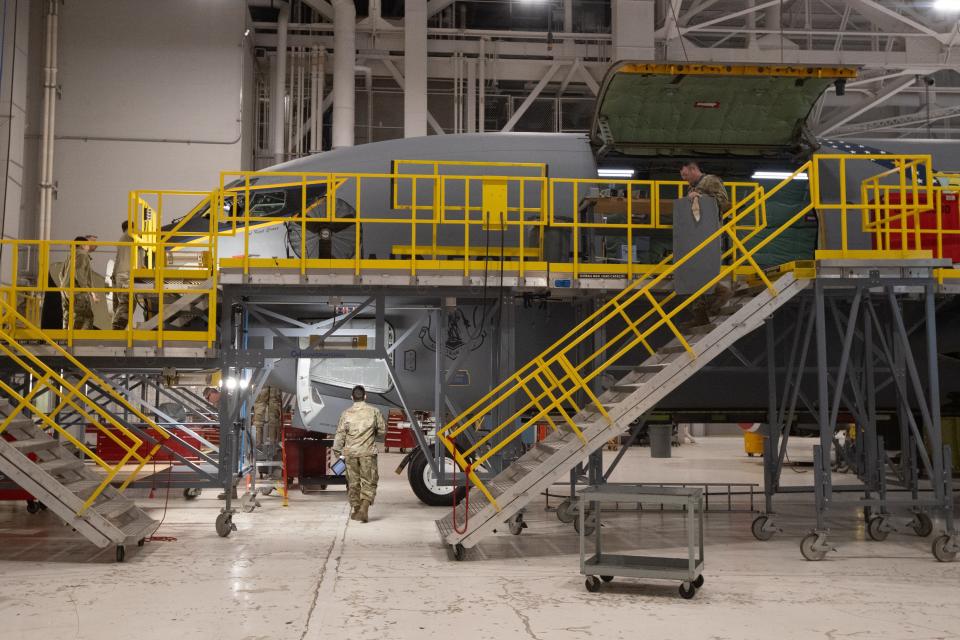

‘Just drive across the airfield’
Topeka’s efforts to attract companies that do MRO work should benefit from the presence here of the 190th Air Refueling Wing of the Kansas Air National Guard, where many employees do similar work, Sneden said.
Guard members with the 190th could be trained to carry out MRO work on civilian aircraft, he said.
The presence of MRO companies in Topeka could also become a recruiting incentive for the 190th, Sneden said.
The 190th could tell potential National Guard members that — once they finish their National Guard careers — they can stay in the same employment field without having to move, Sneden said.
He said the 190th could tell those people: “Just drive across the airfield. There’s a job waiting for you at that hangar that’s being built.”
Contact Tim Hrenchir at threnchir@gannett.com or 785-213-5934.
This article originally appeared on Topeka Capital-Journal: Efforts underway seek to bring Topeka hundreds of new aviation jobs
